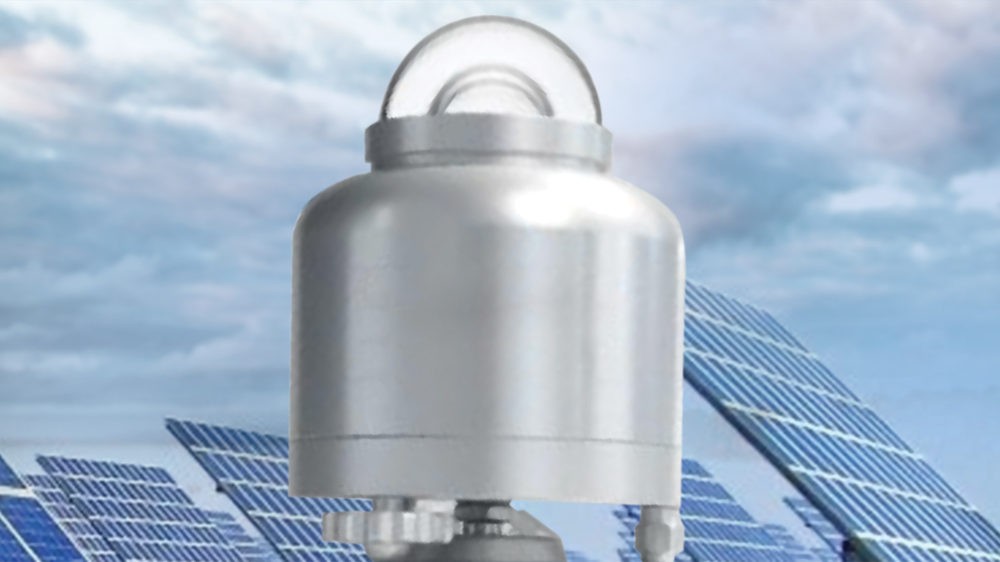New standards in solar radiation measurement
By EPR Magazine Editorial December 8, 2017 11:35 am IST
By EPR Magazine Editorial December 8, 2017 11:35 am IST

SR30 pyranometer, released by Hukseflux Thermal Sensors, measures solar radiation employing a state-of-the-art thermopile sensor with black coated surface and two domes.
Until now, measurement of solar radiation often is the weakest link in PV system performance assessment. The equipment used for this, pyranometers, are optical instruments. Their measurement uncertainty under perfect conditions is in the 2 to 3 per cent range. However, conditions at a solar power plant are many times imperfect. A major error source is instrument fouling, for example by dew, frost, rain or dirt. The frequency of pyranometer maintenance is often low. To reduce the impact of fouling, cleaning is essential, but it may not be part of the standard maintenance program. Recalibration, the most common way to verify the proper performance of the instrument, may seldom be performed. The overall result of this lack of cleaning and calibration is a much larger measurement uncertainty than that under perfect conditions; typically no better than 5 per cent.
In the past five years, the solar community has acknowledged that the low measurement accuracy of solar radiation deserves attention. In particular utility-scale PV systems, of a scale of 4 MW and up, are professionally monitored, and treated as a financial asset. To optimise day-to-day operations, asset managers accurately monitor PV system performance. The same monitoring data are needed to have a clear understanding of the present value of the asset.
The IEC 61724-1 Photovoltaic system performance monitoring – Guidelines for measurement, data exchange and analysis – has been updated in March 2017. The new 2017 version of the standard is fundamentally different from the 2008 version. The scope now not only defines the measuring system components and procedures, as in the earlier 2008 version, but it also aims to keep measurement errors within specified limits. It does so by establishing “accuracy classes” for monitoring systems.
The new IEC 61724-1:2017 standard includes:
• 3 accuracy classes, A, B and C, for monitoring systems, to be used in conformity declarations.
• Accuracy requirements for monitoring equipment (electrical as well as solar radiation) per class.
• Required quality checks (i.e. calibration and in case of pyranometers also cleaning) per class.
• Recommended minimum number of solar radiation measurement instruments used as a function of the PV system scale.
Utility-scale PV system performance monitoring
Utility-scale PV systems will be monitored using “Class A” or “Class B” monitoring according to IEC 61724-1. For example, the requirements for solar radiation measurement to comply with Class A are:
• Secondary standard pyranometers for Global Horizontal Irradiance (GHI) and Plane Of Array (POA) irradiance.
We use cookies to personalize your experience. By continuing to visit this website you agree to our Terms & Conditions, Privacy Policy and Cookie Policy.